Kilimanjaro Climbing Guide
Climbing Kilimanjaro is not just a walk up a mountain—it’s a real challenge. You’ll go through forests, rocky trails, and icy peaks. This Kilimanjaro Climbing Guide will help you understand everything you need to know before you go.
From choosing the best route and packing your gear to staying safe and getting your body ready, we’ve made it easy to follow. With the right plan, anyone with determination can enjoy the adventure of Mount Kilimanjaro Climbing.
Kilimanjaro Climbing Guide
Quick Overview Of Mount Kilimanjaro
- Location– Located in Tanzania, East Africa, Mount Kilimanjaro is the tallest freestanding mountain in the world.
- Height– Standing at approximately 19,341 feet (5,895 meters) above sea level, Kilimanjaro's summit, Uhuru Peak, is the highest point on the African continent.
- Climbing Difficulty– Although technically a non-technical climb, Kilimanjaro presents challenges due to its altitude and variable climate.
- Climate Zones– Kilimanjaro boasts five distinct climate zones, ranging from lush rainforest at the base to arctic conditions at the summit.
- Climbing Routes– There are several established routes to the summit, varying in difficulty, length, and scenery. The Machame, Lemosho, Northern Circuit, and Rongai routes are among the most popular.
- Cultural Background– Kilimanjaro holds cultural significance for the indigenous Chagga people and is surrounded by protected national park land, contributing to its status as a UNESCO World Heritage Site.
Kilimanjaro Climbing Preparation – Training And Fitness
A Mount Kilimanjaro Climbing journey necessitates that all climbers are physically prepared for the challenges that they will encounter during the trek. While technical climbing skills are not necessary, climbers must possess a good level of cardiovascular fitness, endurance, and strength to endure the demanding ascent.
- Training for Kilimanjaro typically involves a combination of aerobic exercises such as hiking, running, or cycling to improve cardiovascular health and endurance.
- Additionally, strength training focusing on leg muscles, core stability, and overall body strength helps prepare climbers for the uphill trek and uneven terrain.
- Engaging in regular hikes, particularly on hilly or mountainous terrain, is an excellent way to simulate the conditions of Kilimanjaro and build stamina.
- Gradually increasing the intensity and duration of training sessions over several months leading up to the expedition is crucial for success.
Following a proper Training Program for Kilimanajro not only enhances physical fitness but also boosts confidence and mental determination, contributing to a more enjoyable Mount Kilimanjaro Climbing Tour.
A Word on Guided Training Programs – Consider joining a guided Training Programme for Kilimanjaro or hiring a personal trainer experienced in preparing climbers for high-altitude treks. Professional guidance can tailor training plans to individual needs and provide valuable support and motivation throughout the preparation process.
Is Climbing Kilimanjaro Safe?
A Mount Kilimanjaro Hike is generally safe when approached with caution, proper preparation, and adherence to safety guidelines. While the mountain's altitude presents the most significant risk, leading to altitude-related illnesses like altitude sickness, risks are rare, particularly among climbers who acclimatize effectively and ascend at a reasonable pace.
To ensure Safety on Kilimanjaro, climbers should follow the following protocols:
- Choose a reliable Kilimanjaro Climbing Operator with experienced guides who prioritize climbers' well-being.
- These guides are trained to recognize symptoms of altitude sickness and provide necessary assistance or evacuation if needed.
- Additionally, climbers should familiarize themselves with the signs and symptoms of Kilimanjaro Altitude Sickness and be prepared to descend if symptoms worsen.
Beyond altitude-related risks, other Kilimanjaro Tourist Safety considerations include unpredictable weather conditions, potential hazards like rockfall or ice, and the importance of staying hydrated and well-nourished throughout the climb. By taking these Kilimanjaro Safety precautions and being mindful of personal limitations, climbers can enjoy a safe and rewarding experience on Kilimanjaro.
Getting To Kilimanjaro And Starting Your Journey
Getting to Mt Kilimanjaro involves several logistical steps, starting with international travel to Kilimanjaro International Airport (JRO) in Tanzania. The following is a snapshot of various airlines, departure cities, and duration of Flights to Kilimanjaro:
| AIRLINE |
DEPARTURE CITY(S) |
DURATION OF FLIGHT |
| Kenya Airways |
Nairobi, Kenya |
Approximately 1.5 hours |
| Ethiopian Airlines |
Addis Ababa, Ethiopia |
Approximately 3 hours |
| Qatar Airways |
Doha, Qatar |
Approximately 6 hours |
| KLM Royal Dutch Airlines |
Amsterdam, Netherlands |
Approximately 9 hours |
| Turkish Airlines |
Istanbul, Turkey |
Approximately 7 hours |
| RwandAir |
Kigali, Rwanda |
Approximately 1 hour |
From the airport, travellers can arrange ground transportation to nearby towns such as Moshi or Arusha (both popular bases for Kilimanjaro treks). Many Kilimanjaro Climbing Operators (including us at African Scenic Safaris) offer airport transfers and can assist with arranging accommodations and transportation to the trailheads.
- Once at the trailheads, climbers begin their journey into Kilimanjaro's diverse ecosystems, where they'll navigate through lush rainforests, alpine meadows, and barren alpine deserts before reaching the snow-capped Uhuru Peak.
- It's essential to plan travel logistics in advance, including obtaining necessary visas and vaccinations and booking flights and accommodations.
By taking care of these details ahead of time, climbers can start their Kilimanjaro Climbing adventure with peace of mind and focus on the journey ahead.
Best Time Of The Year To Climb Kilimanjaro
The Best Time to Climb Mt Kilimanjaro is during the dry seasons, which typically coincide with Tanzania's winter months from late December to early March and late June to early October. During these periods, the weather is generally more stable, with clear skies, minimal rainfall, and manageable temperatures, making for ideal climbing conditions.
- Alternatively, Climbing Kilimanjaro during the shoulder seasons, just before or after the dry seasons, offers a balance between favourable weather conditions and fewer crowds.
- However, climbers should be prepared for cooler Kilimanjaro Temperatures and the possibility of encountering more precipitation.
While Kilimanjaro can be climbed year-round, it's essential to consider personal preferences, fitness levels, and tolerance for varying weather conditions when choosing the Best Time of Year to Climb Kilimanjaro.
Choosing The Right Kilimanjaro Climbing Route
When selecting the Best Route to Climb Kilimanjaro, several factors come into play. This includes:
- Scenery,
- Difficulty, and
- Acclimatization opportunities.
Among the most popular Mt Kilimanjaro Routes are the Machame, Rongai, Lemosho, and Northern Circuit.
Machame Route
Known as the "Whiskey Route," the 7 Days Machame Route is known for its scenic beauty and diverse landscapes. It offers a challenging ascent with stunning views of Kilimanjaro's glaciers and forests.
Rongai Route
The Kili Rongai Route approaches Kilimanjaro from the north and is considered one of the easier Kilimanjaro Hiking Routes. It offers a more gradual ascent with fewer crowds and provides opportunities to view wildlife.
Lemosho Route
The 8 Days Lemosho Route is celebrated for its scenic beauty and high success rates. It offers a longer and more gradual ascent, allowing for better acclimatization and stunning views of Kilimanjaro's western slopes.
Northern Circuit
The Northern Circuit Route Kilimanjaro is the longest route and provides ample time for acclimatization, resulting in high success rates. It traverses Kilimanjaro's northern slopes, offering panoramic views and opportunities to spot wildlife in the rainforest zone.
Each route has its own unique charm and challenges, so it's essential to consider factors such as fitness level, experience, and preferences when choosing the Best Route to Kilimanjaro.
Essential List Of Kilimanjaro Climbing Gear
It's essential to pack efficiently and prioritize lightweight, moisture-wicking, and breathable materials to minimize weight and maximize comfort during the Mount Kilimanjaro Climbing adventure. The best inclusions to the Kilimanjaro Gear List are detailed in the following representation:
| CATEGORY |
ITEM |
DESCRIPTION |
| Clothing |
Base Layers |
Moisture-wicking shirts and pants for layering |
| |
Insulating Layers |
Fleece or down jackets for warmth at higher altitudes |
| |
Waterproof Shell |
Jacket and pants to protect against wind and rain |
| |
Hiking Pants/Convertible Pants |
Lightweight, quick-drying pants for trekking |
| |
Hiking Shorts |
Breathable shorts for warmer days on the mountain |
| |
Gloves/Hat/Beanie |
Insulated gloves, warm hat, and beanie for cold weather |
| |
Thermal Underwear |
Long underwear for added warmth |
| Footwear |
Hiking Boots |
Sturdy, waterproof boots with ankle support |
| |
Hiking Socks |
Moisture-wicking socks to prevent blisters |
| |
Gaiters |
Waterproof gaiters to keep snow and debris out of boots |
| Accessories |
Trekking Poles |
Adjustable poles for stability on uneven terrain |
| |
Sunglasses |
UV-protective sunglasses for high-altitude sun exposure |
| |
Headlamp/Flashlight |
Hands-free lighting for early morning or night hikes |
| |
Backpack |
Large enough to carry essentials and comfortable to wear |
| |
Sleeping Bag |
Rated for cold temperatures at high altitudes |
| |
Sleeping Pad |
Insulated pad for comfort and warmth while camping |
| |
Water Bottles/Hydration System |
Insulated bottles or hydration bladder to stay hydrated |
| Safety & First Aid |
First Aid Kit |
Basic supplies for treating minor injuries and ailments |
| |
Diamox/Altitude Medication |
Medication for preventing and treating altitude sickness |
| |
Sunscreen/Chapstick |
Sun protection for exposed skin at high altitudes |
| |
Insect Repellent |
Protection against mosquitoes and other insects |
| |
Whistle/Signal Mirror |
Emergency signalling devices in case of emergencies |
Some Important Pointers
Layering Strategy – Climbers should put a special priority over the importance of layering clothing for adapting to changing weather conditions and maintaining comfort and warmth throughout the Kilimanjaro Climb.
Hydration and Nutrition – Stress the importance of staying hydrated and well-nourished during the climb. We encourage climbers to carry an adequate supply of water and utilize hydration systems for easy access.
Summit day on Kilimanjaro means 12–16 hours of hiking up to Uhuru Peak, then down to camp. It’s your longest, toughest day, but also the most rewarding moment of the climb.”
The Role Of Kilimanjaro Porters In Supporting Your Ascent
The responsibilities of Kilimanjaro Porters encompass a wide range of task that ensure a smooth operation of the climb as well as the well-being of the climbers too.
One of the major responsibilities of Porters on Kilimanjaro is to transport the Kilimanjaro Climbing Gear, food, and supplies from the trailhead to the various Kilimanjaro Campsites along the route.
This includes setting up and breaking down camp, carrying tents, cooking utensils, food provisions, and other necessary items to ensure climbers have everything they need.
- Porters may also be responsible for procuring and purifying water from natural sources to ensure a safe and reliable water supply for drinking and cooking.
- They understand the importance of proper hydration at high altitudes and take measures to ensure climbers have access to clean and safe drinking water throughout the Kilimanjaro Trekking
It's essential to prioritize the ethical treatment and fair compensation of Kilimanjaro porters to ensure their well-being. Responsible Kilimanjaro Operators adhere to ethical porter treatment standards. This includes:
- Providing fair wages,
- Proper equipment,
- Reasonable carrying limits, and
- Adequate rest and accommodation.
What’s the Kilimanjaro Porter Weight Limit – The Kilimanjaro Porter Weight Limit is typically around 20-25 kilograms (44-55 pounds) per porter.
The Right Amount for Kilimanjaro Porters Tips – The right amount for How Much Should You Tip Porters on Kilimanjaro is generally between $10 to $20 per day per porter. For a standard 6 to 9-day trek, this translates to approximately $60 to $180 per porter for the entire expedition.
Is Climbing Kilimanjaro without Porters Possible? – Climbing Kilimanjaro without Porters is technically possible but highly challenging and not recommended for most climbers.
Recognizing And Managing Kilimanjaro Altitude Sickness
Kilimanjaro Altitude Sickness occurs when the body fails to acclimatize adequately to the reduced oxygen levels at higher altitudes. It includes a range of symptoms that can range from mild to severe.
- Symptoms of Mount Kilimanjaro Altitude Sicknesstypically manifest within the first 24 to 48 hours after reaching elevations above 8,000 feet (2,400 meters).
- Common Kilimanjaro Altitude Sickness Symptomsinclude headache, nausea, dizziness, fatigue, loss of appetite, and difficulty sleeping.
- More severe forms of altitude sickness, such as high-altitude cerebral edema (HACE) and high-altitude pulmonary edema (HAPE), can lead to confusion, disorientation, difficulty breathing, and fluid buildup in the lungs or brain.
If you experience Symptoms of Kilimanjaro Altitude Sickness, it's essential to take immediate action to prevent the condition from worsening. The primary treatment for altitude sickness is to descend to a lower elevation until symptoms subside.
How to Avoid Altitude Sickness Kilimanjaro – Climbers should stay well-hydrated, eat high-carbohydrate meals, and avoid overexertion. Certain medications, such as acetazolamide (Diamox), may be prescribed to help prevent altitude sickness.
Acclimatization Strategies – Climbers can employ various acclimatization strategies to reduce their risk of altitude sickness, such as taking rest days at higher elevations, using altitude tents or chambers for pre-acclimatization, and choosing longer Mt Kilimanjaro Climbing Routes with gradual ascents.
The Cost Of Climbing Mount Kilimanjaro
The Total Cost to Climb Kilimanjaro varies widely depending on various factors such as:
- The chosen Kilimanjaro Climbing Route
- Duration of the expedition
- The Group Size
- Level of Service
- Amenities included in the Kilimanjaro Climbing Package
While climbing Kilimanjaro is not cheap, it is possible to find options to fit different budgets. The following is a comprehensive outlook on the Average Cost to Climb Kilimanjaro:
| EXPENSE |
APPROXIMATE COST RANGE (USD) |
| Guide Company Fee |
$1,000 - $2,500 |
| Park Fees (including permits) |
$600 - $1,000 |
| Accommodation Before/After Climb |
$100 - $300 per night |
| International Flights |
$800 - $1,500 (varies by location and time of booking) |
| Visa Fees |
$50 - $100 |
| Travel Insurance |
$100 - $300 |
| Equipment Rental or Purchase |
$200 - $500 |
| Additional Expenses (tips, souvenirs, etc.) |
$200 - $500 |
| TOTAL APPROXIMATE COST RANGE |
$3,050 - $6,200 |
Your Plan Of Action To Get To Uhuru Peak
By following the advice outlined in this Kilimanjaro Climbing Guide, including training diligently, selecting the appropriate gear, and acclimatizing effectively, you can increase your chances of a successful Mount Kilimanjaro Climbing summit attempt while confirming your safety and enjoyment throughout the climb.
Explore Kilimanjaro Travel Guide
Find essential topics below to help you plan, prepare, and enjoy your Kilimanjaro travel experience fully.
Climb Kilimanjaro With Us
Get ready for a mountain adventure with real advice, smiling guides, and simple help that actually works. We’re with you from start to summit.
Frequently Asked Questions
The Cost of Climbing Kilimanjaro varies depending on factors such as the chosen route, duration of the expedition, and level of service. On average, climbers can expect to pay between $1,500 to $5,000 for a standard 6 to 9-day trek.
Tipping on Kilimanjaro is customary and appreciated for the hard work and dedication of guides, porters, and other staff. It's recommended to budget around 10-15% of the total trip cost for tipping, with specific amounts distributed among the team based on their roles and contributions.
The Best Time to Climb Kilimanjaro is during the dry seasons, which typically occur from late December to early March and from late June to mid-October. These periods offer the most stable weather conditions.
The main airport serving Kilimanjaro is Kilimanjaro International Airport (JRO), located near the town of Arusha in Tanzania. This airport is the primary gateway for climbers on expeditions to Mount Kilimanjaro.
Kilimanjaro offers several climbing routes, each with its own unique characteristics and challenges. The Most Popular Kilimanjaro Route choices include Machame, Marangu, Lemosho, Rongai, and the Northern Circuit, each offering varying degrees of difficulty and scenery.
The Mt Kilimanjaro Height stands at an impressive 5,895 meters (19,341 feet) above sea level. This makes it the tallest peak in Africa and one of the most coveted summits for climbers worldwide.
Climbing Kilimanjaro for Beginners is achievable with proper preparation, training, and guidance from experienced guides. While the climb is challenging, climbers of all skill levels can succeed with the right amount of determination.
Things to do Near Kilimanjaro include exploring the vibrant town of Arusha, going on safari adventures in nearby national parks like Serengeti and Ngorongoro Crater, and visiting local Maasai villages to experience traditional culture and customs.
Kilimanjaro features a network of campsites along its various climbing routes, offering basic facilities such as tents, sleeping pads, and communal dining areas. The Kilimanjaro Camps provide essential rest and shelter for climbers during their ascent.
Acetazolamide (Diamox) is a common Kilimanjaro Altitude Sickness Medication. It helps the body acclimatize to high altitudes by increasing urine production and reducing symptoms such as headache and nausea.
Your Kilimanjaro Daypack should contain essentials such as water, snacks, sunscreen, sunglasses, a hat, gloves, a camera, rain gear, and any necessary medications. It's essential to pack light and only carry what you need for the day's trek.
A Mt Kilimanjaro Gear List typically consists of items such as sturdy hiking boots, warm clothing layers, a sleeping bag, a headlamp, trekking poles, a backpack, and personal hygiene products.
Yes, there are numerous Kilimanjaro Climbing Packages offered by tour operators. These packages often include services such as guide and porter support, park fees, accommodation, meals, and equipment rental, providing climbers with a comprehensive and hassle-free experience.
Yes, acquiring Kilimanjaro Travel Insurance is highly recommended to cover potential medical emergencies, trip cancellations, and other unforeseen circumstances. Make sure your policy includes coverage for high-altitude trekking and evacuation services.
Simbo Natai, founder of African Scenic Safaris, crafts sustainable, meaningful Tanzanian journeys rooted in his deep local knowledge and passion.
Director





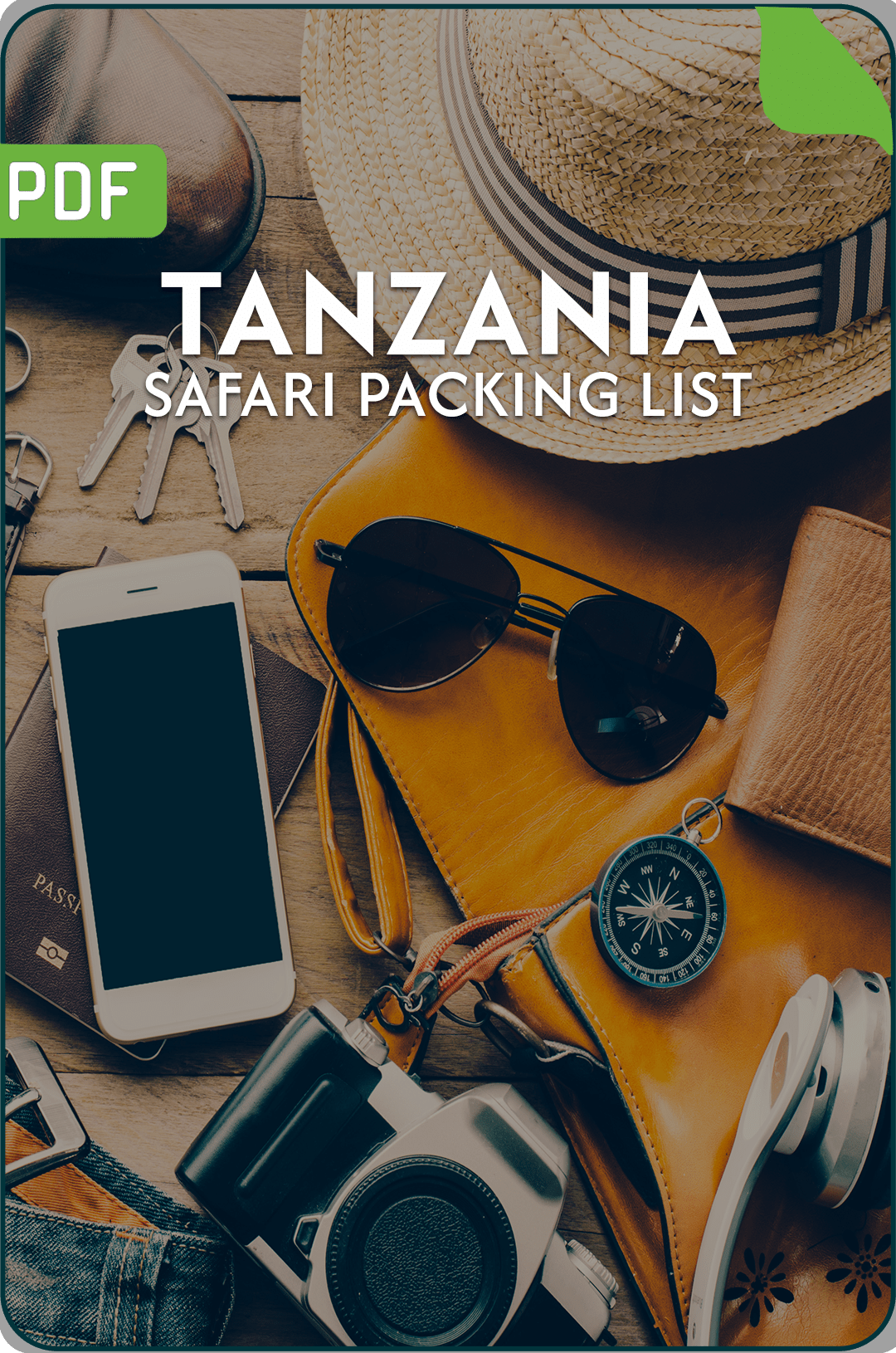
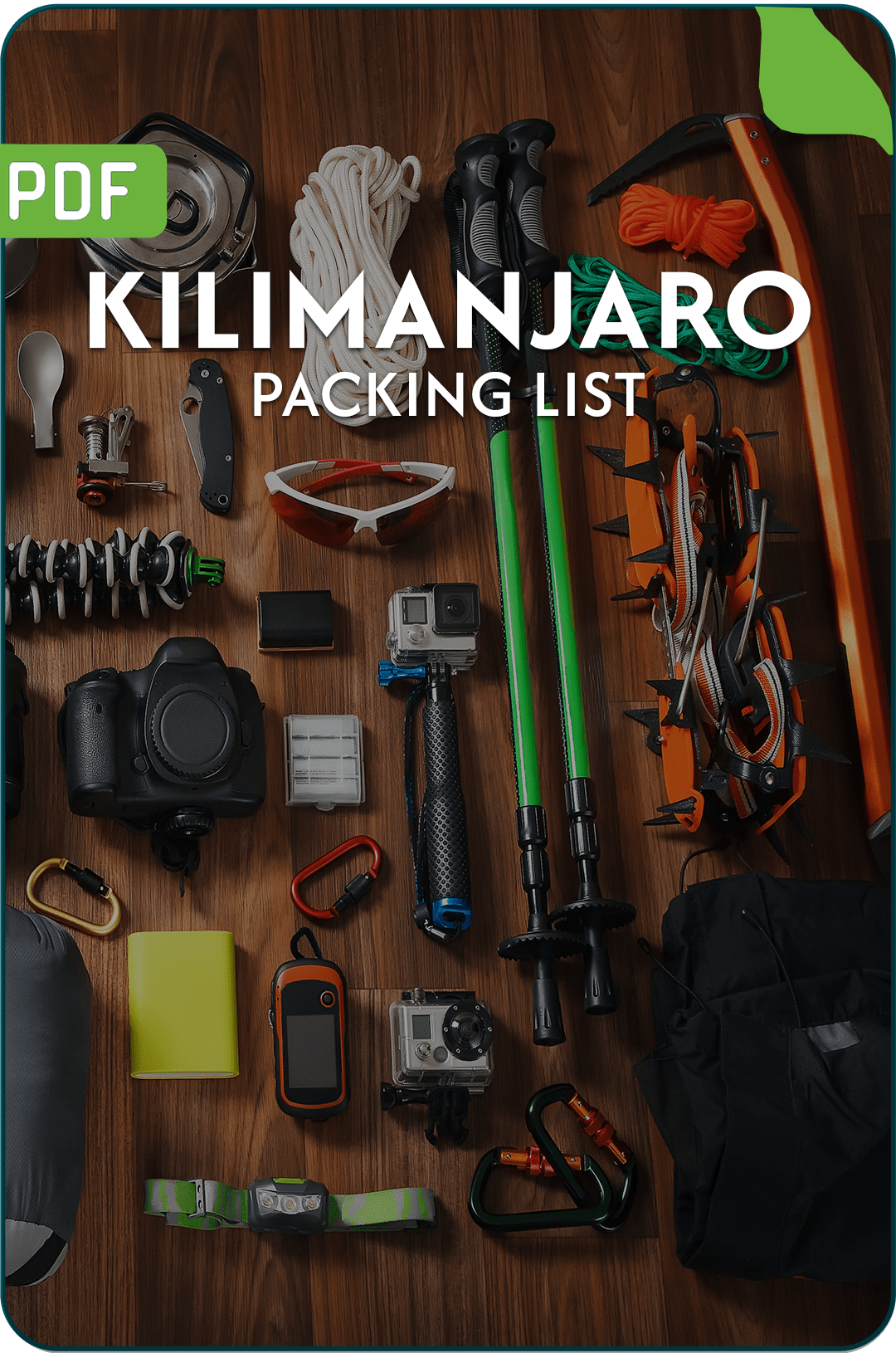
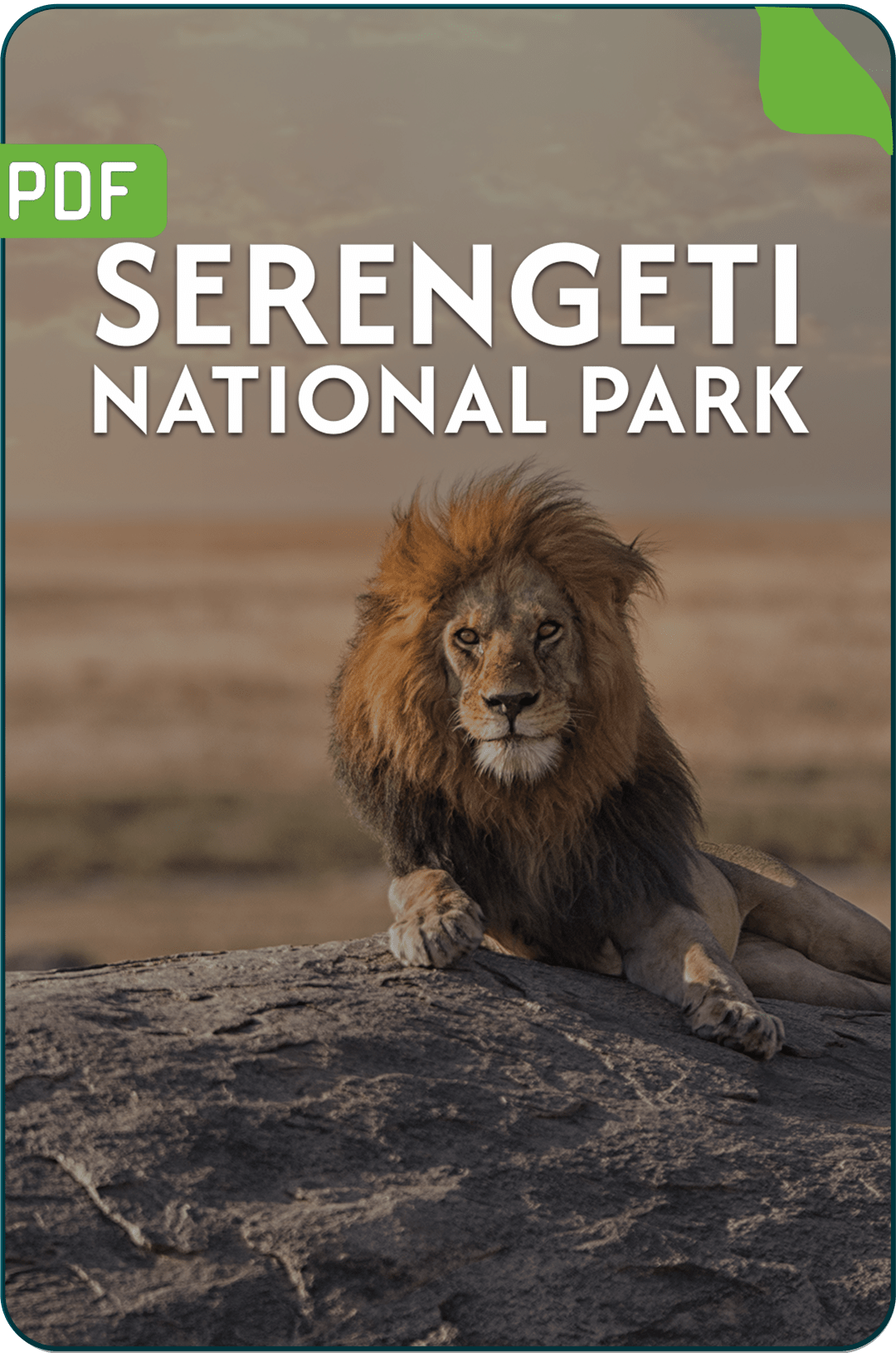
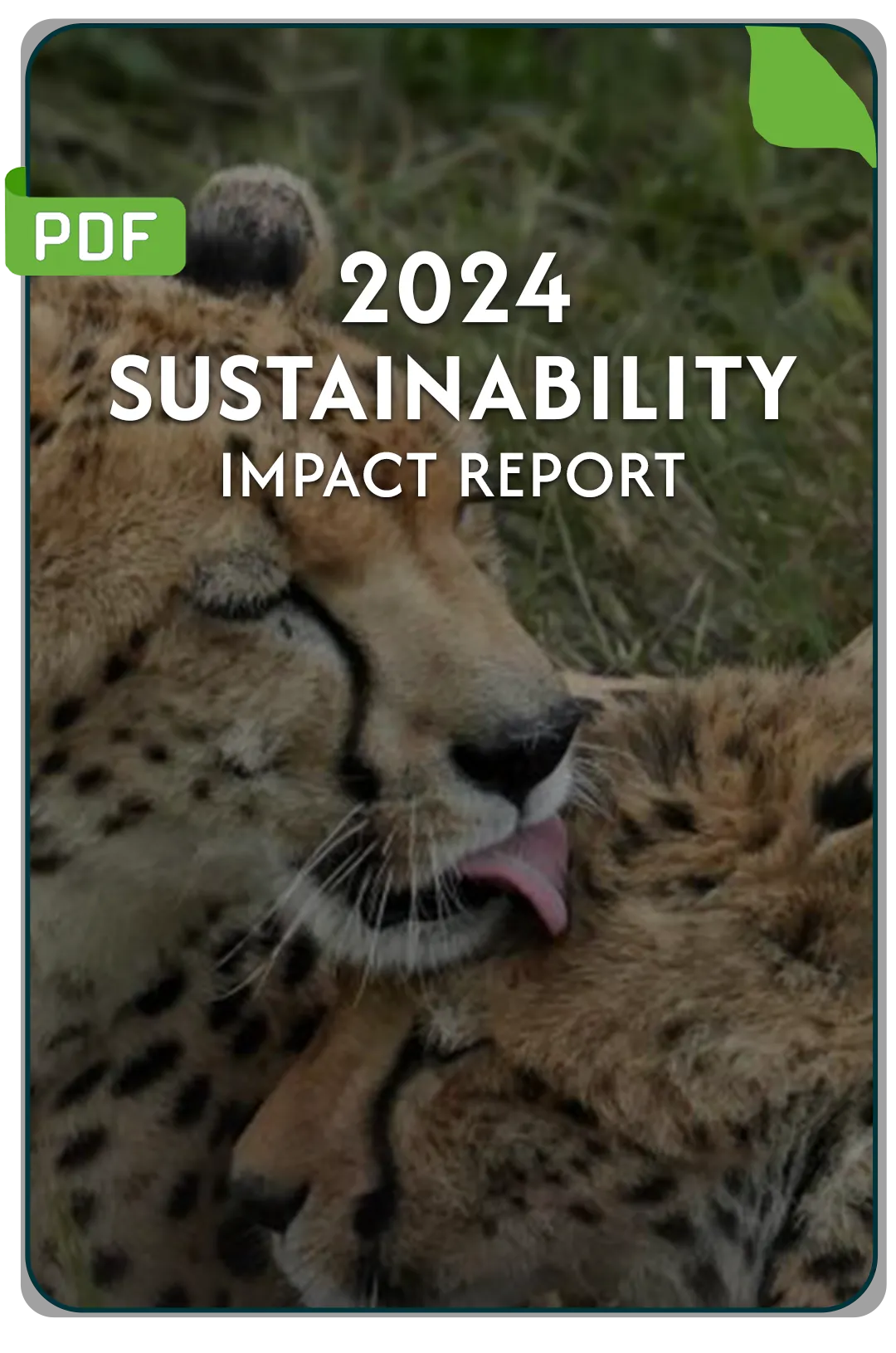
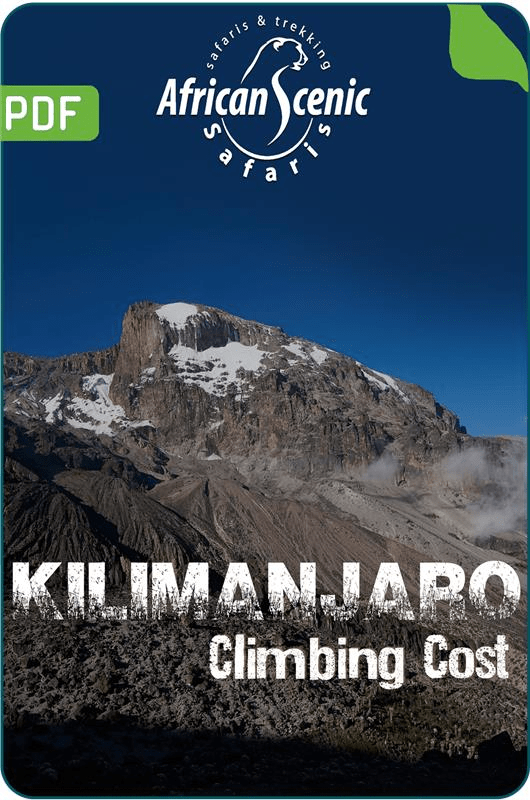











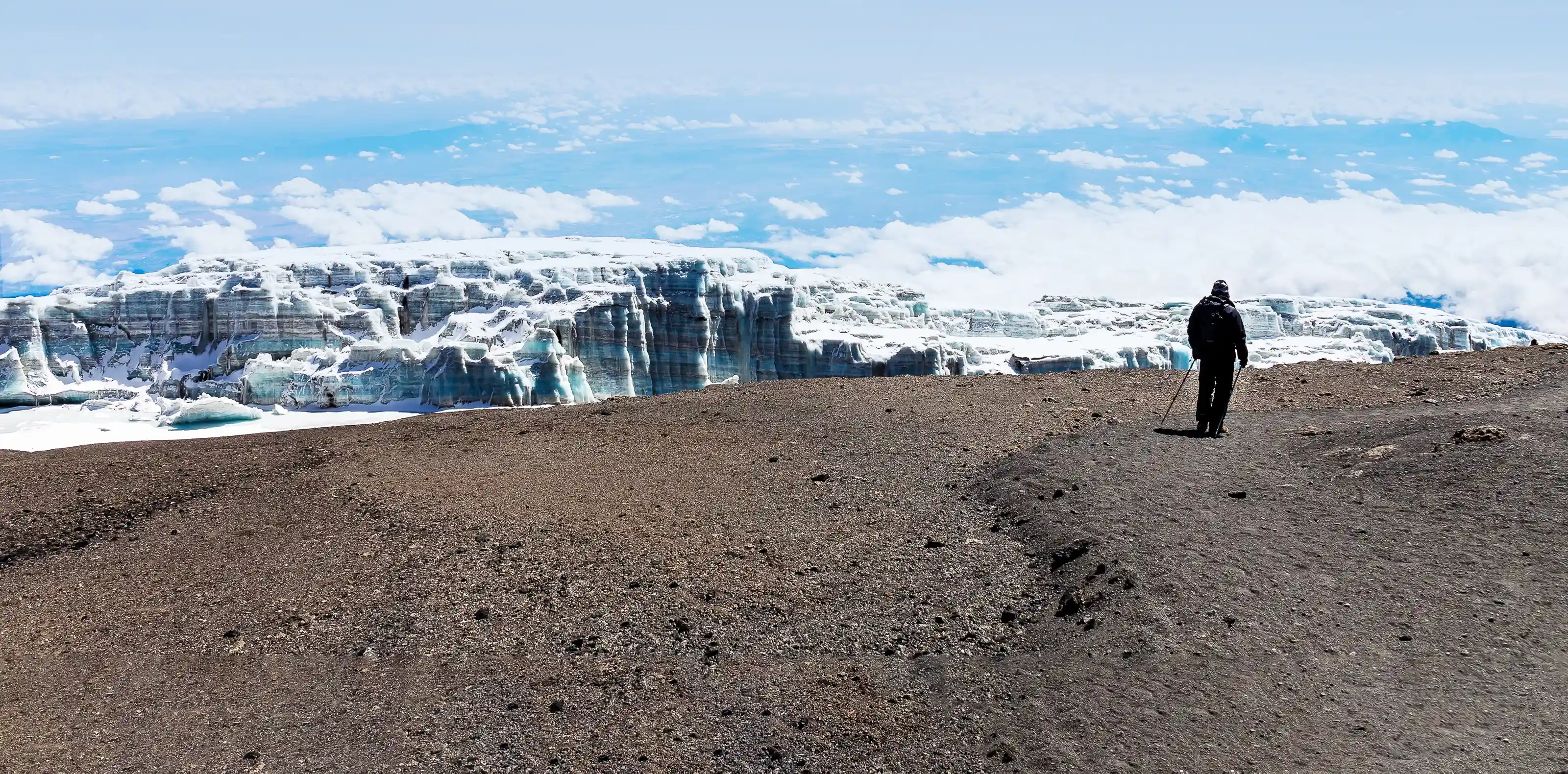
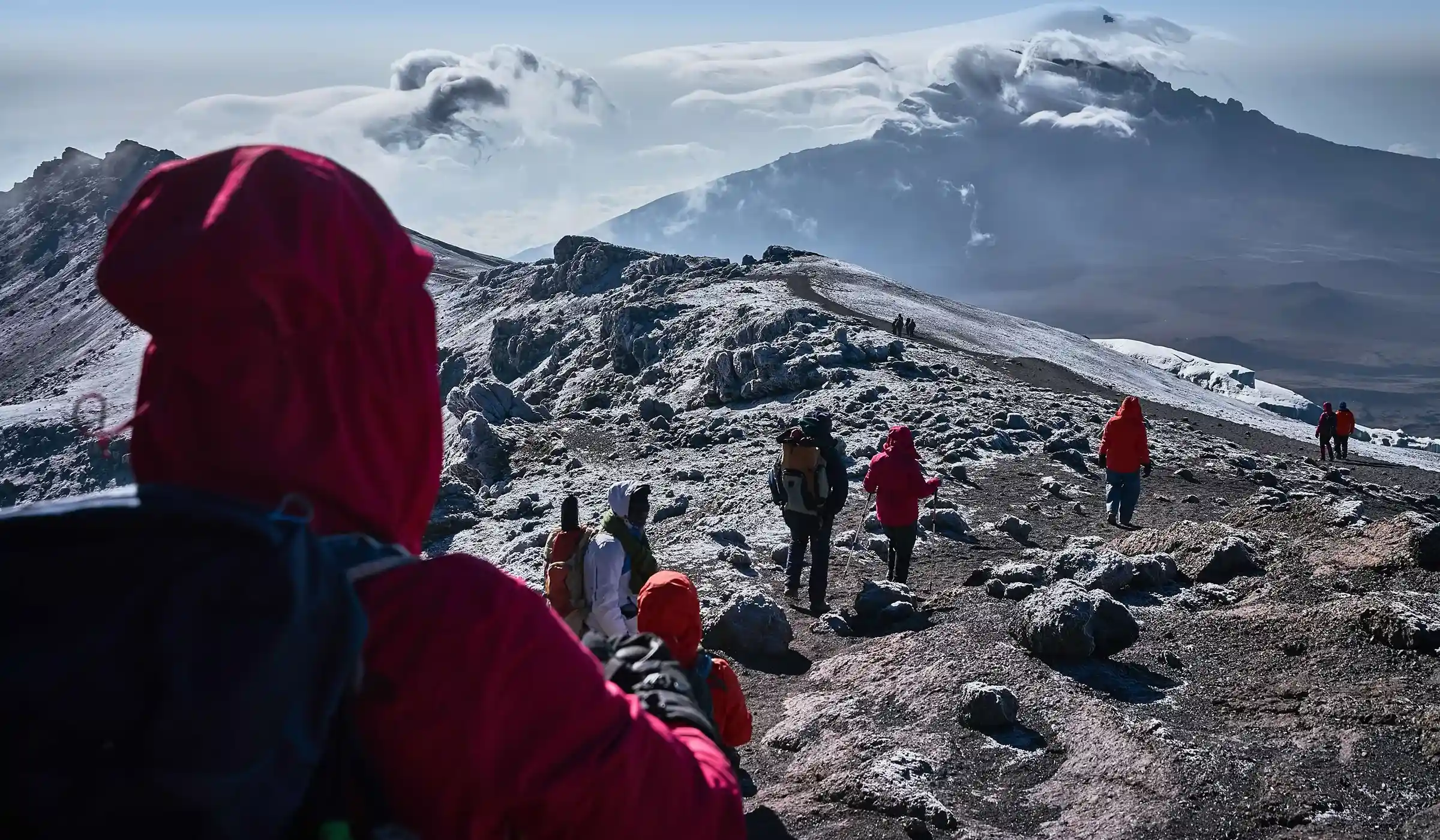

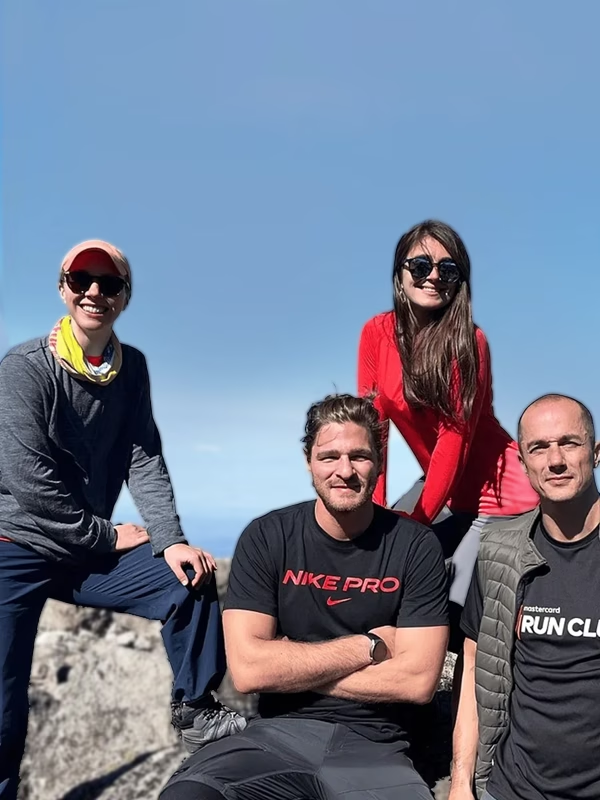
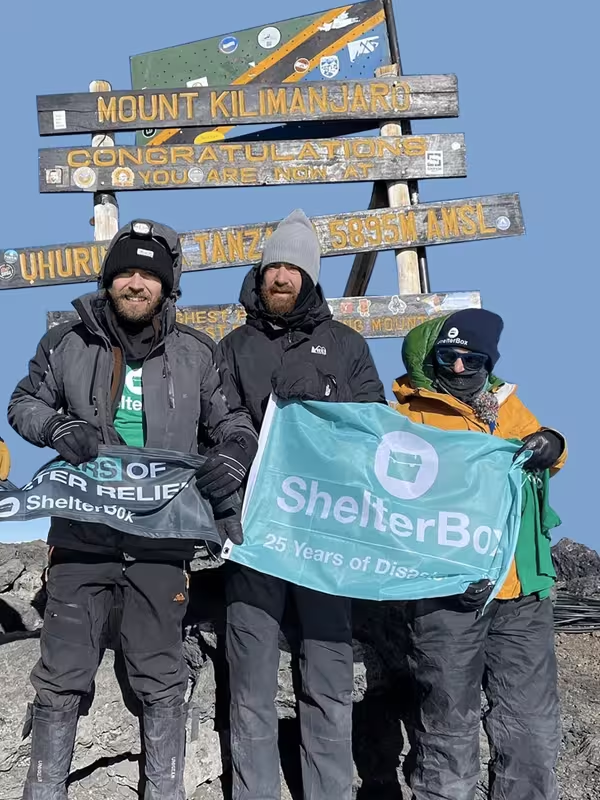
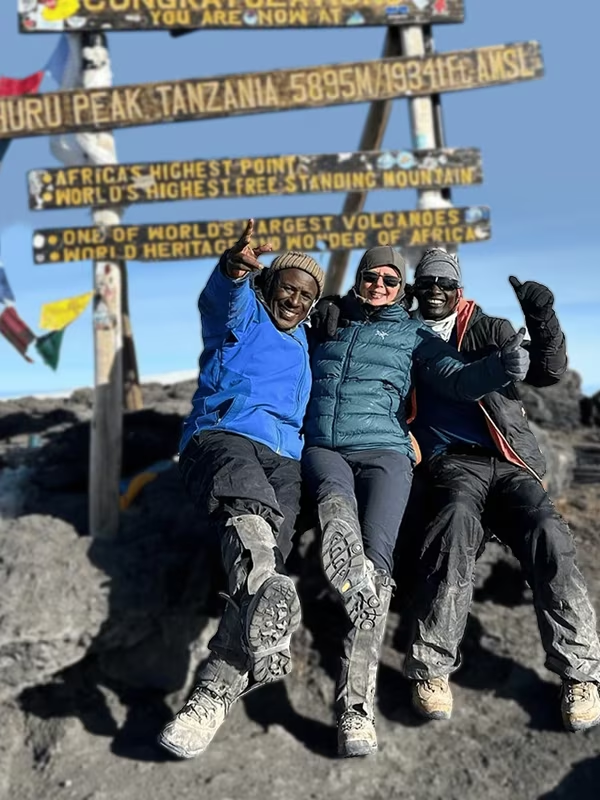



 African Scenic Safaris #1 on TripAdvisor
African Scenic Safaris #1 on TripAdvisor 




